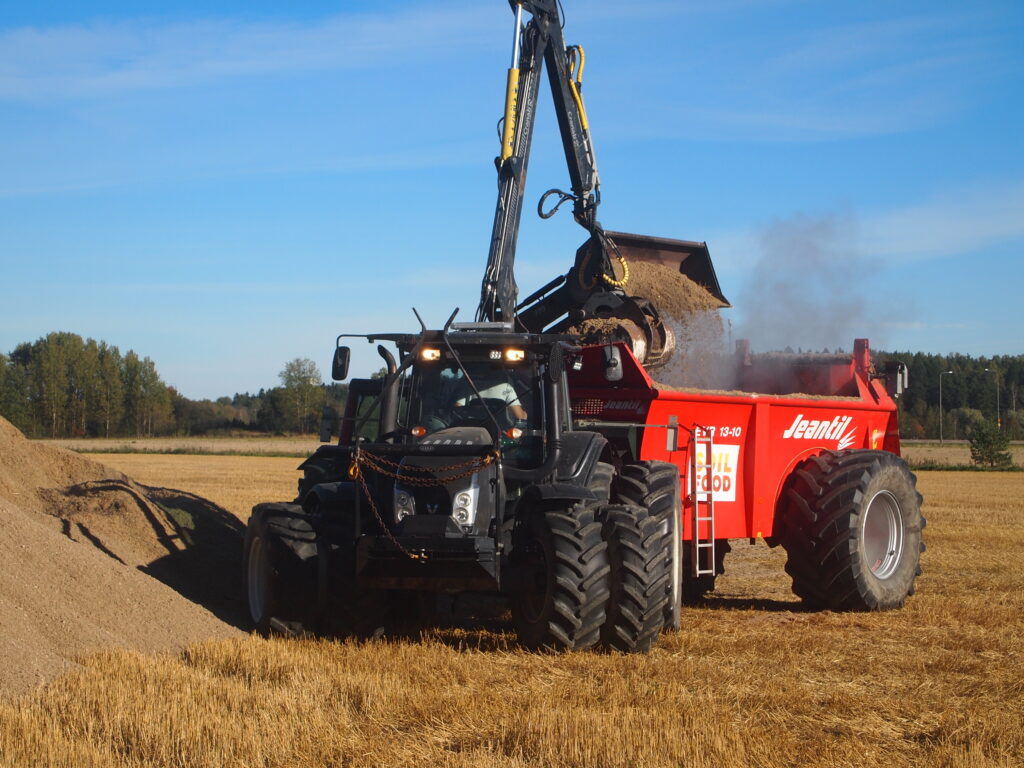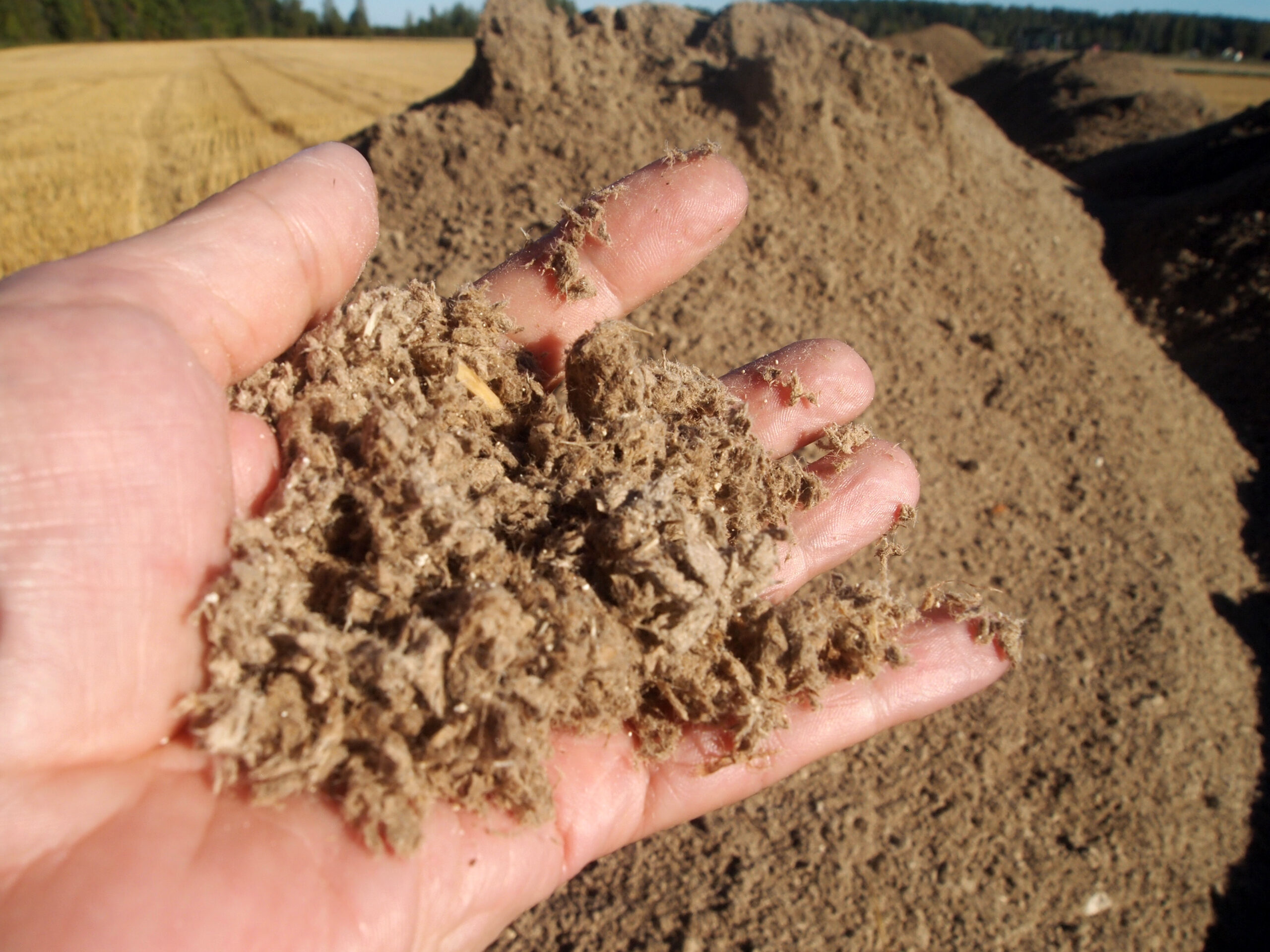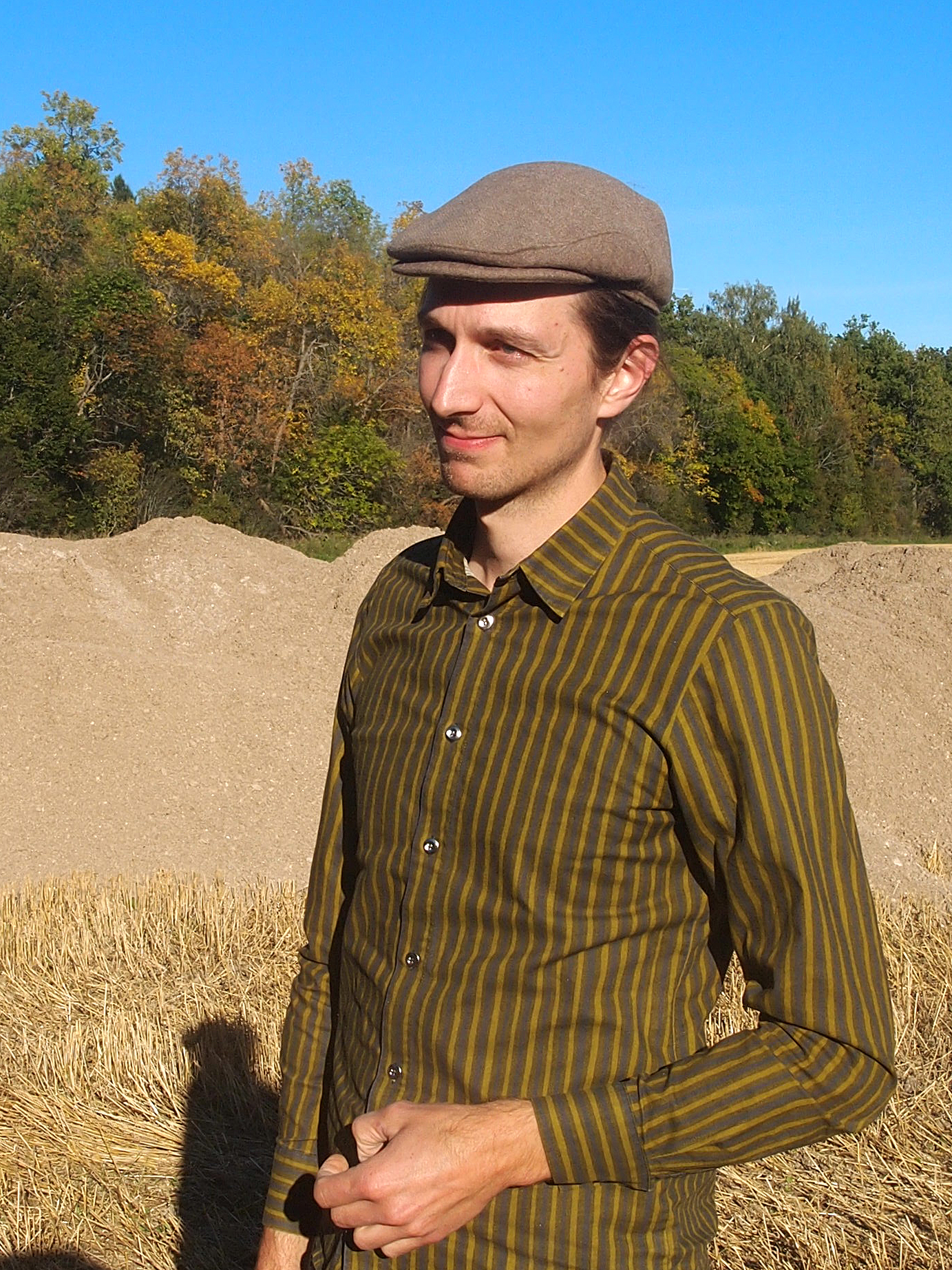Forest industry fibre slurry brings huge benefits to agriculture

New uses for forest industry by-products are being found constantly. What is more, the network of processers and end users often extends to other industries.
The activity of the Soilfood company can be succinctly described by the phrase “bioeconomy is the green engine of circular economy”. The company produces soil improvement materials from, among other things, waste matter from the forest industry. Traditionally these grades of waste have been used to generate energy.
Soilfood’s business idea chimes in with the objective of both bioeconomy and circular economy to upgrade the value of secondary material streams from the industry. Instead of being directed to conventional energy production, the secondary streams are used as raw material or high-end fuel, such as biogas, which is also the plan at the new bioproducts mill in Äänekoski: to produce biogas for transport use not only from the fibre slurry from the mill itself, but also from any biowaste that can be sourced in the surrounding region.
Soilfood considers itself the biggest recycler of nutrients in Finland. Its goal is to substitute fertilizers which are mined or quarried, whose production requires a great deal of fossil fuels, which exploit the carbon in soil and are often produced abroad, with domestic and renewable products that increase the carbon content of soil.
Forest industry is one part of the Soilfood network. Raw materials for the recycled soil improvement agents and fertilizers are created wherever organic waste is created: in agriculture, human settlements and industry.
Soilfood has an extensive raw materials network. It includes the forest industry companies Kotkamills, Metsä Group, Stora Enso and UPM, the energy companies Gasum and St1, the municipal energy and waste disposal companies in the municipalities of Imatra, Hamina and Kouvola as well as those serving the Helsinki metropolitan area and the Kymenlaakso region.

Soil food web needs our help
Soil improvement by fibres means assisting “our most important contractors”, to quote Mr. Juuso Joona, agronomist at Soilfood. “That is where the name of our company comes from. We support the work of soil organisms, the soil food web,” says Joona.
The improvement fibres increase the content of slowly decomposing organic matter in the soil. They improve the water retention of soil where needed, but on the other hand, they also improve the permeability of clay-rich soils.
They increase the activity of micro-organisms, retain nutrients, improve workability, decrease erosion and as a result, increase crops and decrease harmful emissions.
Soilfood has studied its products in many ways with assistance from the University of Helsinki and the Natural Resources Institute Finland. The results show that soil improvement agents decreased the solids content of runoff waters by more than 70 percent in the spring following the treatment. The decrease of nitrate wash-out during the following autumn was on an equal level.
Thanks to Soilfood, the industry is able to decrease its costs and emissions, while the benefits to agriculture are a better soil quality and higher productivity. At the same time, Finland’s self-sufficiency as regards nutrients increases, and the use of Soilfood products also mitigates climate change.

For the time being, waste producer pays
Another of Soilfood’s products is recycled lime, produced from industrial lime waste. The product has properties that improve the crumb structure of the soil and decrease phosphorus runoff into waterways.
The recycled lime is also used to neutralize soil acidity. According to Joona, recycled lime is even better than virgin lime, which is why only two thirds of the amount of virgin lime are needed to achieve the same result.
In addition to this, one metric ton of recycled lime includes three kilos of phosphorus accessible to plants.
The value of Soilfood’s products based on the end use is not sufficiently high to cover the processing, transport and spreading costs as at present. This being so, the industry pays Soilfood for taking charge of the raw material. The cost to the industry is still lower than the cost of burning or landfilling the waste.
According to Joona, the charges paid by the industry depend on how much processing the raw material requires and on the price paid by the farmer for the end product. “The farmer pays roughly according to the nutrient content. The transport, soil improvement and spreading are thrown into the bargain,” says Joona.
Spreading of improvement fibre on an agricultural field. Video: Hannes Mäntyranta, editing: Anna Kauppi
Contact information of Soilfood (only in Finnish)

Kirjoita kommentti